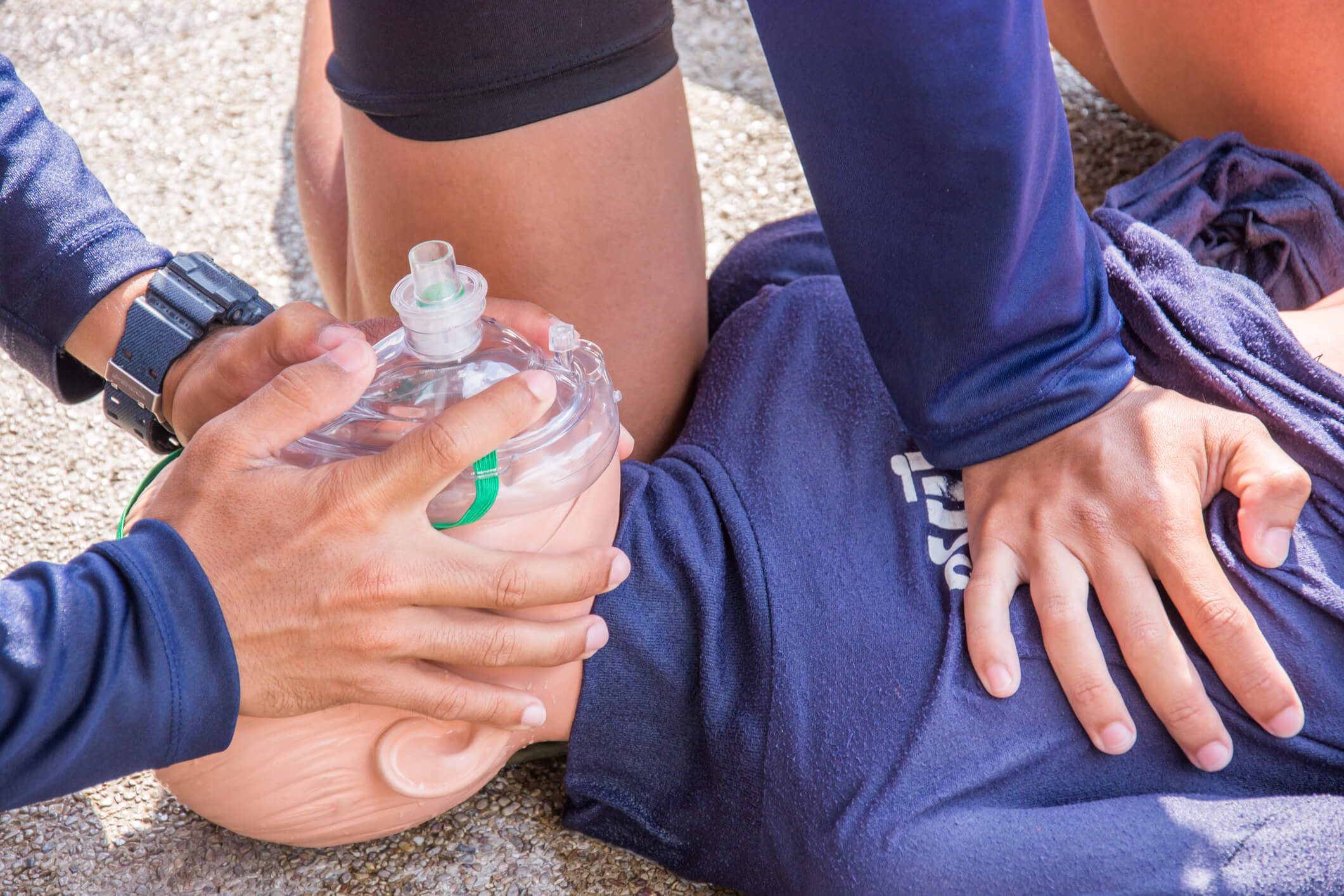
About 11 people die by drowning each day in the U.S. alone. Thousands more are treated for nonfatal near-drowning incidents in emergency departments. Drowning is one of the leading causes of death among those aged 14 and under. When a person is injured in the water, seconds matter. Having the right portable suction machine available can reduce mortality and morbidity.
Death by Drowning: The Role of EMS
On television and in movies, drowning is loud. A person splashes frantically, desperate for help. The reality is that drowning is often silent. EMS professionals must know the signs of drowning so that they can promptly intervene in conjunction with lifeguards and other first responders. A person may be drowning if:
- Their head is low in the water.
- Their eyes are glassy, unfocused, or empty, and they are unable to make eye contact.
- They are hyperventilating or gasping for air.
- They remain upright in the water with no kicking.
The body’s natural response to drowning causes a loss of intelligent response. People cannot respond to instructions or take proactive steps to help themselves. Once drowning has begun, the intervention must happen immediately and must not require the participation of the drowning person.
Drowning Prevention and Interventions
Proper airway management and skillful CPR is critical to the survival of drowning victims. The right portable suction machine can quickly clear the airway, preventing hypoxia and reducing the risk of airway spasms and inflammation.
However, skilled interventions can only go so far. To end the national epidemic of drowning, first responders must work to educate their community – especially parents – about water safety. Drowning education is also a great way for your agency to get more involved in your local community.
Special Suction Considerations for Drowning Victims
Drowning is a multifaceted incident and the cause of 7% of all injury-related deaths. For adults, diving in shallow water and falling from watercraft are common causes of drowning injuries. EMS professionals must be prepared to address all components of a drowning injury and to stabilize the head and neck.
Because drowning is more common among pediatric populations, it’s critical to continually train in airway management skills for treating young people with delicate airways. You must always have smaller catheters available for suctioning the airways of young people in drowning accidents.
Secondary vs. Dry Drowning: What You Need to Know
Most EMS professionals are keenly aware of the risks of typical drowning: hypoxia, respiratory distress, and eventual asphyxiation. In recent years, doctors have been sounding alarm bells about secondary and dry drowning. These two phenomena are especially common in young people.
Here are the distinctions and what you should look for:
- Dry drowning occurs following inhalation of water or other liquids. Though water does not enter the lungs, the stimulation causes a vocal cord spasm that makes breathing difficult or impossible. EMS professionals should monitor not only for airway obstructions but also vocal cord spasms.
- Secondary drowning happens hours, and sometimes even a day or two, after inhaling water or other liquids. The inhalation causes inflammation of the airways and alveoli, causing potentially fatal hypoxia.
In a person who has recently swallowed water or played near water, the following signs may indicate a dry or secondary drowning incident:
- Trouble breathing or shortness of breath
- Coughing, choking, gagging, or wheezing
- Vomiting or foaming at the mouth
- Skin color changes
- Loss of consciousness
How Portable Suction Saves Lives
Drowning rarely occurs in the ideal setting. There are often crowds of people panicking and potentially long walks from parking areas to the site of the drowning. It’s simply not realistic to expect to be able to transport a drowning victim back to a truck or to perform CPR and then transport them to the hospital.
The right portable suction device enables EMS professionals to act quickly to clear the airway. When choosing a portable suction machine for drowning emergencies, consider a device that:
- Is light enough to carry across long distances in the heat, such as running from a beach parking lot to distant sand dunes.
- Has a long battery life.
- Is compatible with the disposable parts you already have on hand.
- Offers sufficient suction power.
Portable suction saves lives, but only when it’s accessible, fully charged, and fully functional. To learn more about the right portable suction machine for your agency, review our guide here.
Editor's Note: This blog was originally published in January 2023. It has been re-published with additional up-to-date content.
















